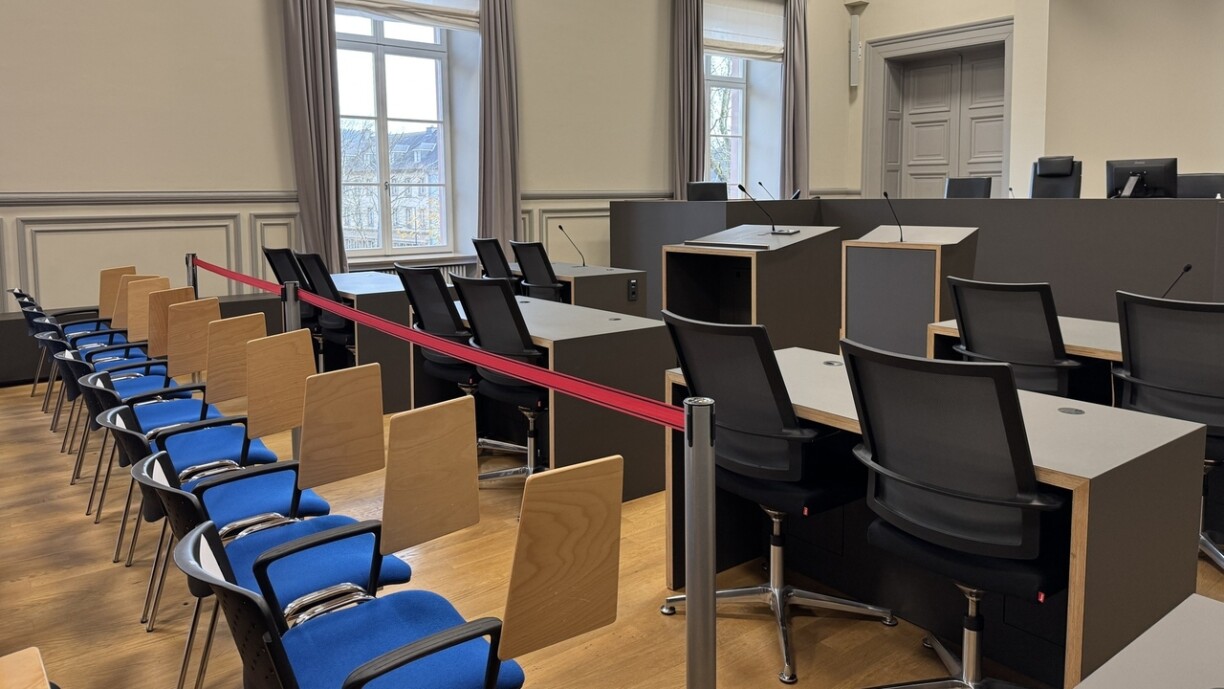
Diana Santos, a 40-year-old Portuguese national living in Diekirch, was reported missing in September 2022. On September 19 of that same year, a woman’s torso was discovered in Mont-Saint-Martin, France. A month and a half later, more body parts were found including a decapitated head in Temmels, Germany, just across the Luxembourgish border. It didn’t take long for investigators to realise that the victim was Diana Santos.
On Monday, trial proceedings began for her murder, with the first day focused largely on expert testimony about the accused’s psychological profile and the circumstances surrounding the crime. Yet, even after several hours of hearings, the motive for the murder remained unclear.
The accused is a 52-year-old Moroccan man, the victim’s former partner. An international arrest warrant has also been issued for his 48-year-old nephew, who allegedly entered into a sham marriage with the victim.
The accused denies killing Santos but admits to helping dismember her body. “He recounts this with astonishing detachment. Very calmly, with little emotion”, observed a psychiatrist who testified in court. The expert added that no mental disorder had been detected. “People can commit atrocious acts without being mentally ill”, he said, responding to the judge’s questions about the man’s ability to mutilate someone he had known for years.
Forensic experts found traces of blood in several rooms of the victim’s home, particularly in the bedroom, hallway, cellar and kitchen, suggesting the murder took place in the bedroom. According to the National Health Laboratory, the cause of death was a deep stab in the throat, severing a carotid artery and causing fatal bleeding.
The dismemberment, carried out in the cellar, was described by the expert as “methodical but inconsistent”, possibly done using both a knife and an axe. According to the expert, the culprit used two methods: the first approach was “unnecessarily elaborate” while the second approach was “light-handed”. The expert continued that the accused’s background as a butcher lends credibility to his ability to perform such acts. Another damning pieces of evidence is that the victim’s blood was found on his glasses.
How the remains were transported and disposed of is unclear. Investigators noted that a refrigerator was missing from the kitchen, possibly due to it being used to store body parts.
According to the accused own claims, he and his nephew left the torso in Mont-Saint-Martin, then drove to his brother’s home. He denies any role in the disposal of the other remains.
As for the motive, none has been established by the end of the first day of the trial.